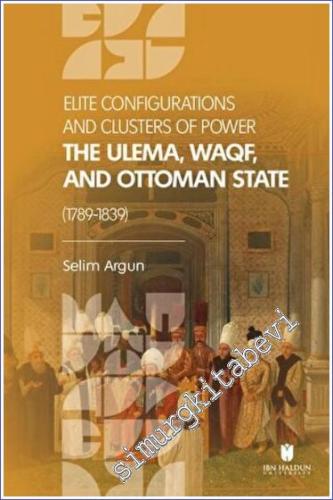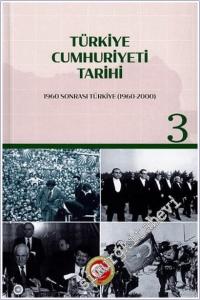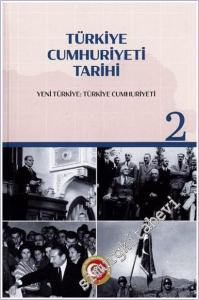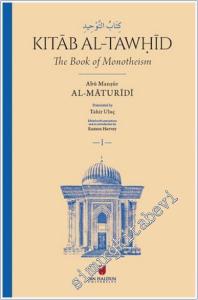#smrgKİTABEVİ Elite Configuratıons and Clusters Of Power: The Ulema, Waqf, and Ottoman State (1789-1839) - 2022

Moreover, this study challenges the commonly held belief that the goal of centralization of the revenues of religious endowments by the ruling authority was to silence ulema opposition to the Westernizing reforms. Instead, through a detailed examination of the evolution of early European taxation models and fiscal centralization trajectories, this research concludes that the Mahmudian centralization of awqaf should be seen, rather, as an emulation of the wider eco-geographic trend in response to the historical challenges faced by European states and the Ottoman Empire. By problematizing the prevailing nomenclature of Ottoman historiography, this research clarifies the longstanding misconceptions attached to the term ulema. Finally, through a comprehensive survey of waqf-elite relations, this study will advance the understanding of the dynamics of the pre-Tanzimat Ottoman Empire.
Moreover, this study challenges the commonly held belief that the goal of centralization of the revenues of religious endowments by the ruling authority was to silence ulema opposition to the Westernizing reforms. Instead, through a detailed examination of the evolution of early European taxation models and fiscal centralization trajectories, this research concludes that the Mahmudian centralization of awqaf should be seen, rather, as an emulation of the wider eco-geographic trend in response to the historical challenges faced by European states and the Ottoman Empire. By problematizing the prevailing nomenclature of Ottoman historiography, this research clarifies the longstanding misconceptions attached to the term ulema. Finally, through a comprehensive survey of waqf-elite relations, this study will advance the understanding of the dynamics of the pre-Tanzimat Ottoman Empire.




















